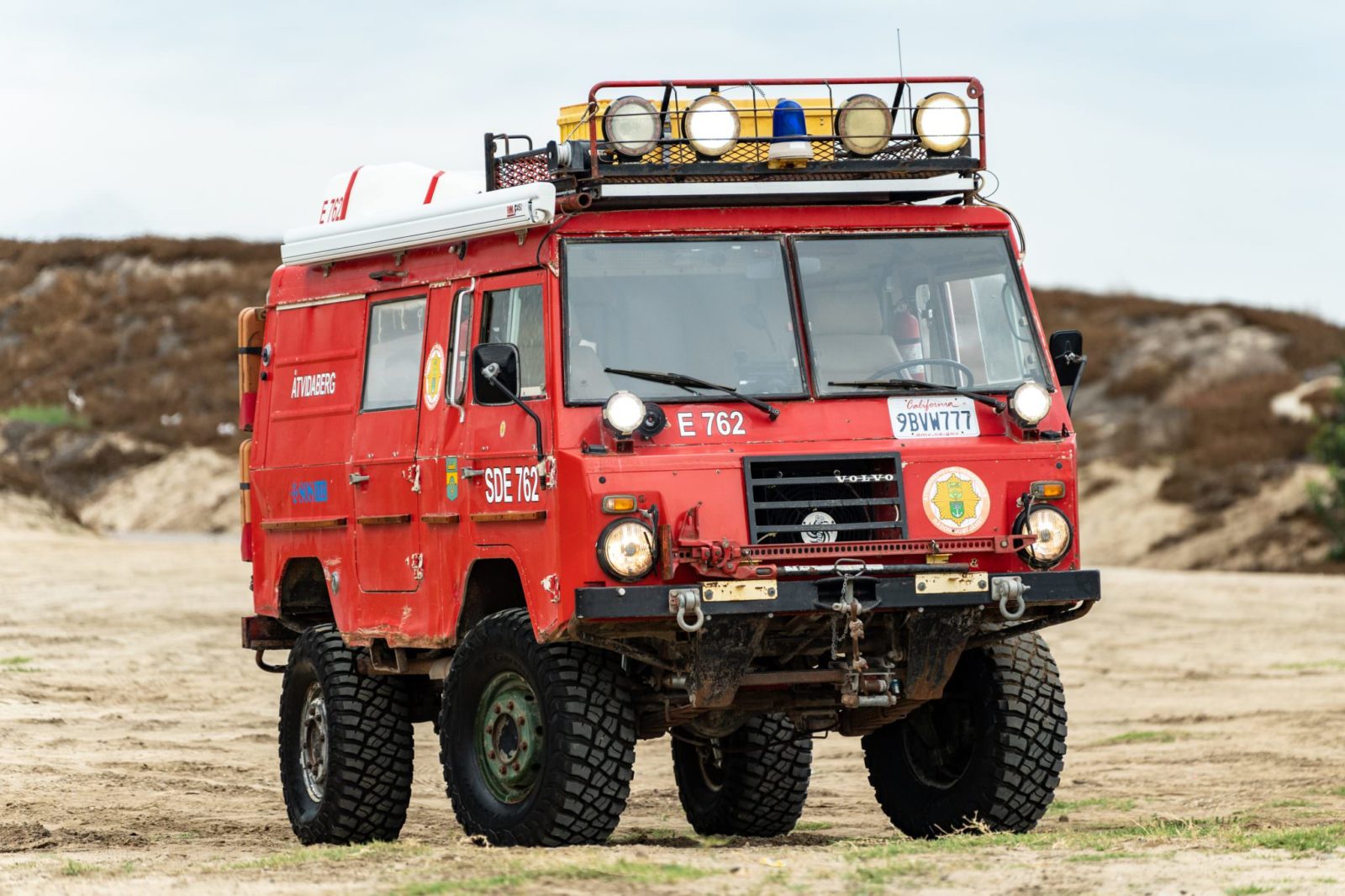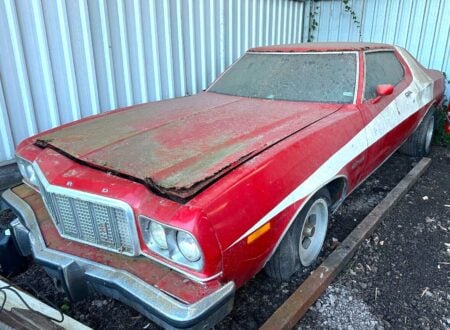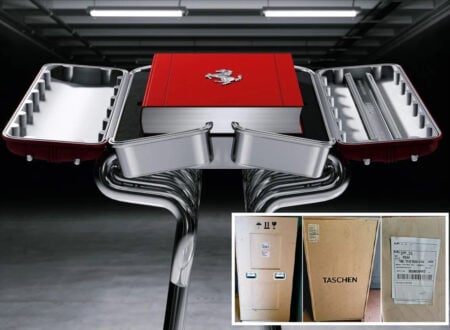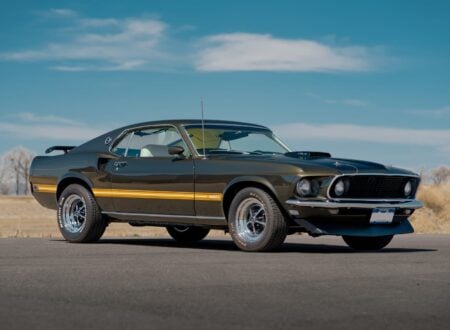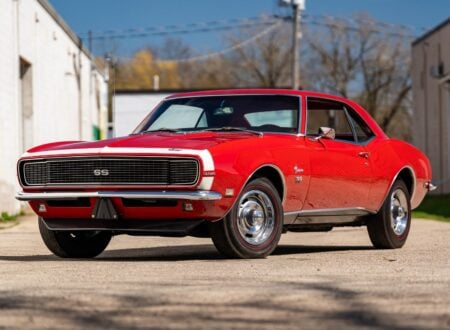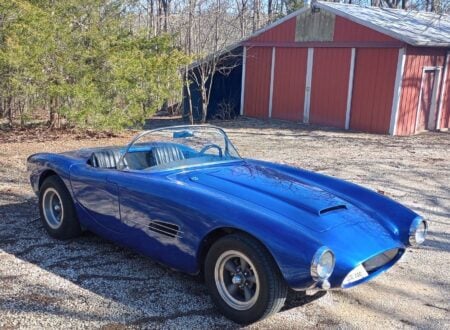This is a 1975 Volvo C303 4×4 and although it may look a little like a Unimog at first glance, it has no relation to its German peer. In 1983 a Volvo C303 won its class in the Paris-Dakar Rally – proving unequivocally how capable it is.
The C303 entered production in 1974, it was a significant design evolution over the earlier Volvo L3314 series of off-road trucks and it was largely destined for military and rescue use – that said some of them did end up in civilian hands.
Fast Facts – The Volvo C303
- The Volvo C303 was developed in the early 1970s and released in 1974, it was essentially an evolutionary improvement over the earlier Volvo L3314 series of vehicles.
- The C303 uses a body-on-chassis design, with live axles and leaf springs front and back. Portal axles are used which results in a ground clearance under the differentials of 15 inches.
- The body is largely made of flat steel and all glass used on the vehicle is flat – meaning that it’s easy to replace anywhere in the world, as flat panes can be cut to size.
- Power is provided by a version of the Volvo B30 petrol engine, an inline-six cylinder unit with overhead valves, a 3.0 liter displacement, and 125 hp with 162 lb ft of torque.
Origins Of The Volvo C303 “Terrängbil”
The Volvo C303 is the direct descendant of the highly-regarded Laplander series of off-road trucks developed by the Swedish automaker specifically for military use. The Laplander L3314 would be in production from 1959 until 1967, then replaced with the C303 in 1974.
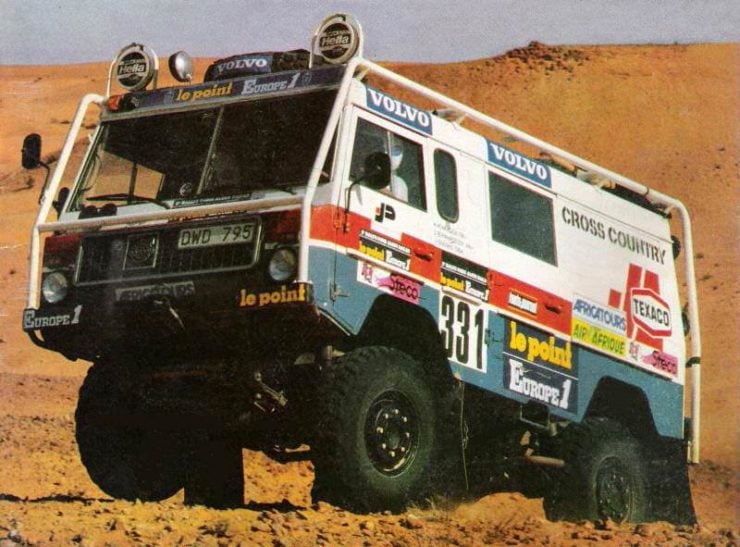

The C303 was both bigger and more powerful than its forebear, with a larger engine, a longer wheelbase, wider track, more internal room, and importantly, it used portal axles rather than standard live axles – significantly increasing ground clearance.
As with almost all vehicles that are designed for military use, the C303 is utilitarian, with a body made from flat steel, similarly flat windows, and few concessions for comfort or luxury.
Volvo C303 – Specifications
The driver and passenger sit up front in a CoE (cab-over-engine) layout to allow maximum space in the rear for cargo, as well as ensuring that the driver will always have excellent visibility of the terrain ahead.
As you would expect for an off-road vehicle from this era, the Volvo C303 uses body-on-chassis construction, and it has both leaf springs and drum brakes front and back. The use of portal axles, similar to those used on the Unimog, offers ground clearance of 15 inches under the differentials.
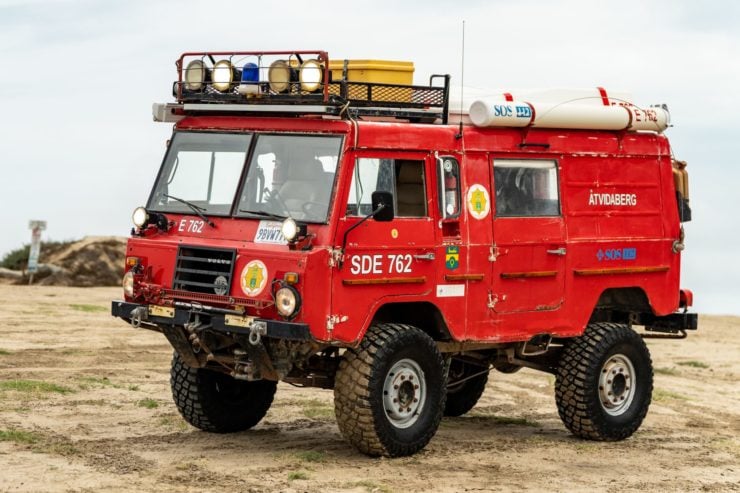

Given Volvo’s popularity in the Scandinavian market it made sense for them to use one of their production car engines in the C303, both because it would be tried and tested and because spare parts availability would be excellent.
C303 Engine + Powertrain
- They chose the Volvo B30 engine, a straight-six petrol/gasoline engine with an OHV head, two single-barrel Stromberg carburetors, a 3.0 liter displacement, a compression ratio of 8.7:1, and total power output of 125 hp at 4,250 with 162 lb ft of torque at 2,800 rpm.
- Power is sent back through a 4-speed transmission and a 2-speed transfer case which offers both high and low range. The top speed is listed as 125 km/h (78 mph) with a cruising speed of approximately 60 mph achievable depending on total vehicle weight.
- Most were built in 4×4 format however there were some 6×6 versions and a planned 8×8 version however it never made it out of the prototype stage as the engine was deemed not powerful enough.
Production + Military Use
Over the course of the 1974 to 1984 production run 8,718 examples of the C303 were built, with approximately 75% of them being used by the military.
C303s would be put into service mainly by the Swedish military, but the militaries of Malaysia, Latvia, Lithuania, Estonia, and Angola all took deliveries.
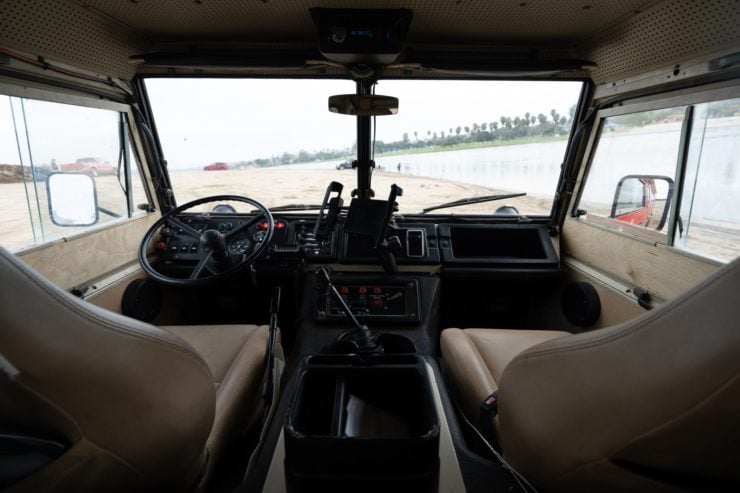

Other non-civilian uses included fire departments, rescue services, public roads companies, and power companies. The surviving examples of the Volvo C303 are now popular on the after market for conversion into 4×4 overland campers.
The Volvo C303 Camper Shown Here
The Volvo C303 you see here spent its early life in Sweden as a fire recovery vehicle before being imported into the USA more recently.
Since its arrival in the US it’s been fitted with uprated Bilstein shock absorbers, a pop-up tent, an awning, jump seats, a Kenwood stereo, and a slew of other equipment.
It’s now being offered for sale on Bring a Trailer with the service and operators manuals, spare parts, and a clean title in the seller’s name out of San Diego, California.
If you’d like to read more about it or register to bid you can visit the listing here.
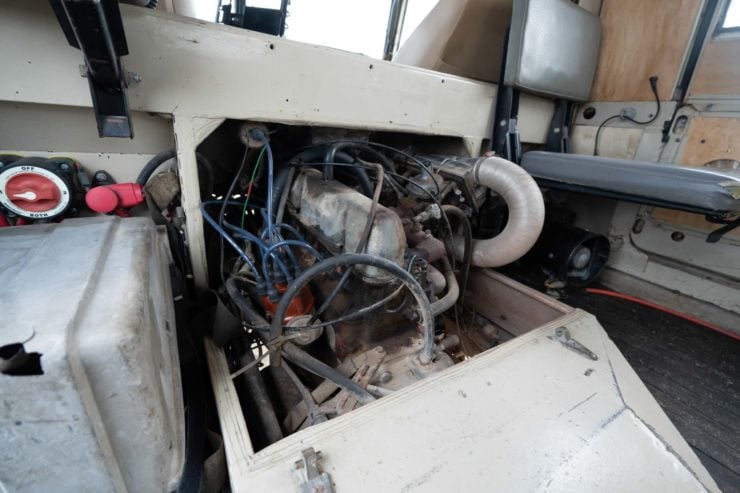
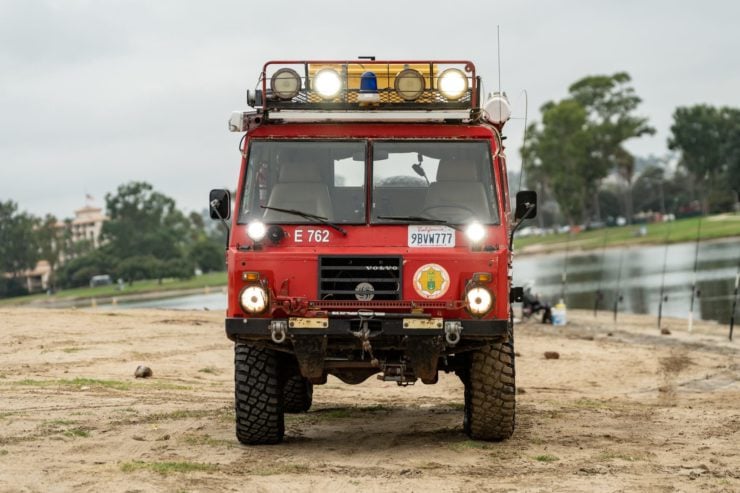
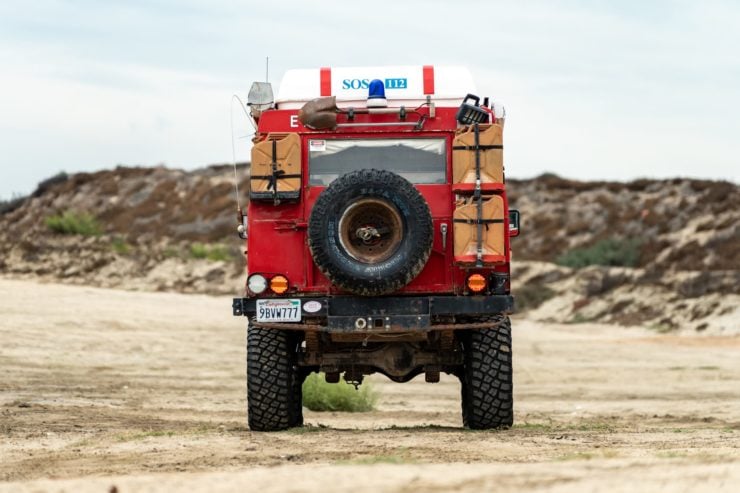
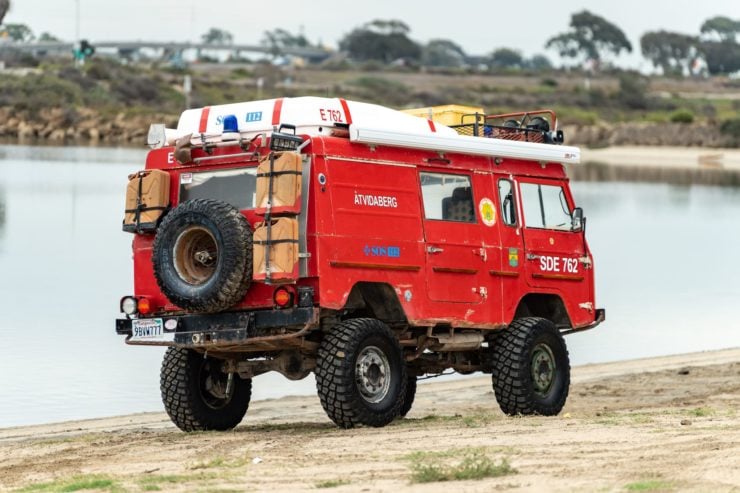
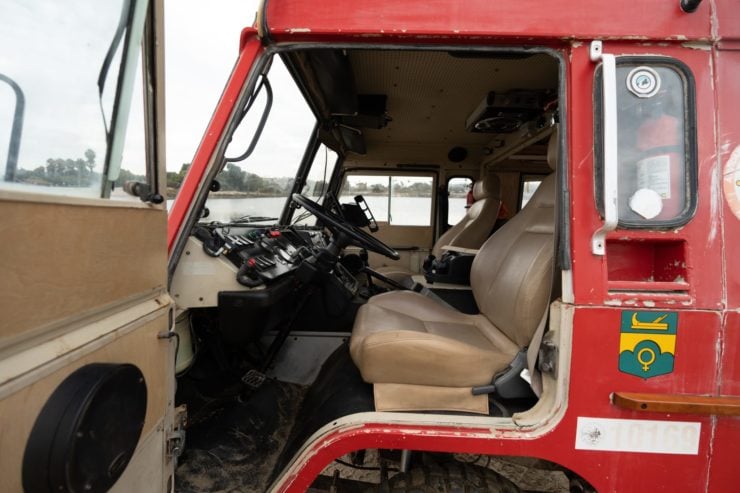
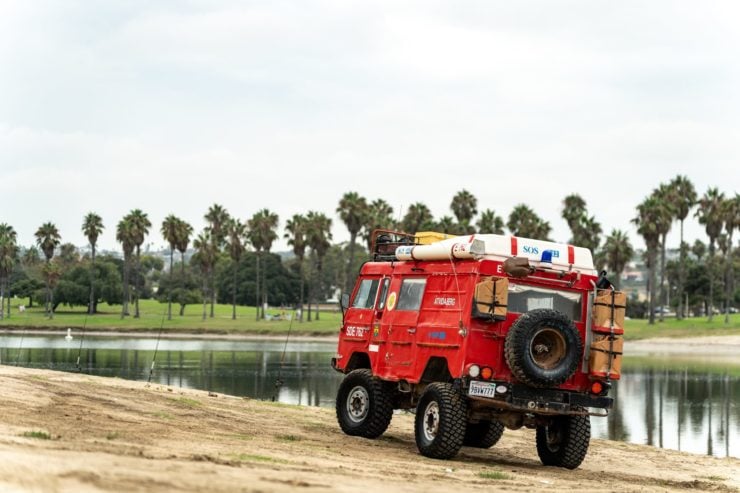
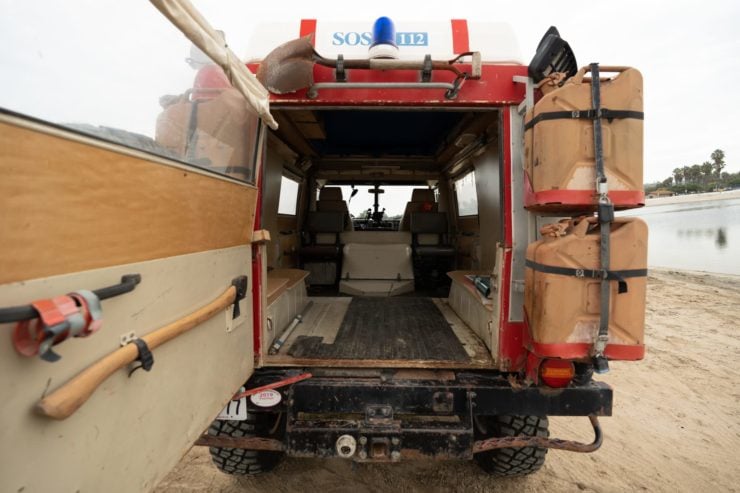
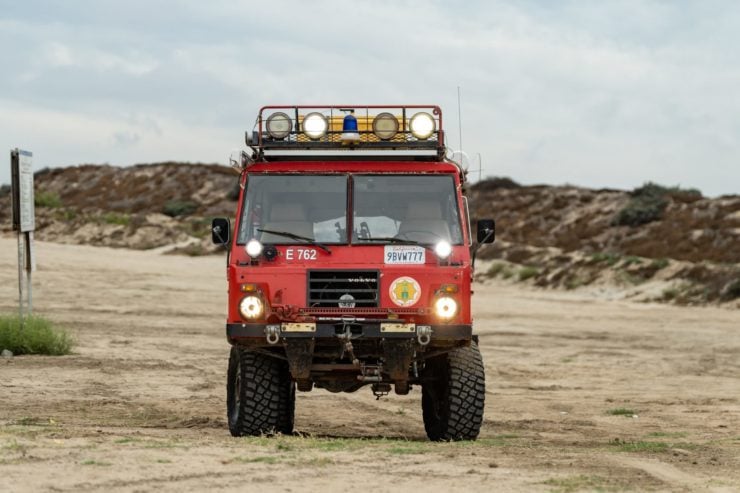
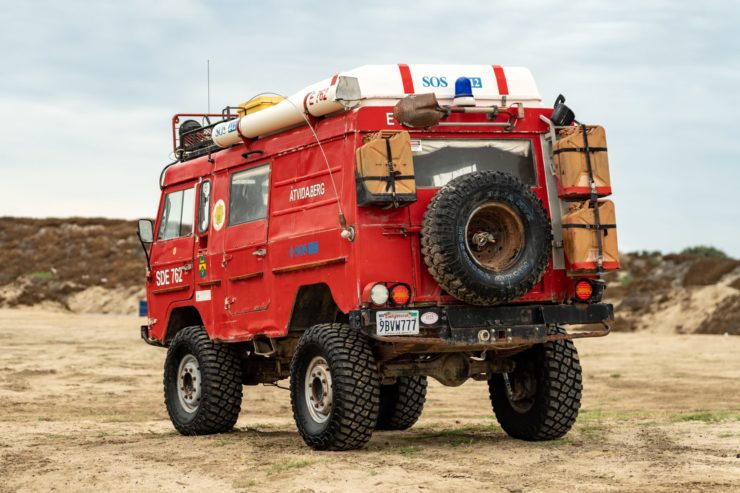
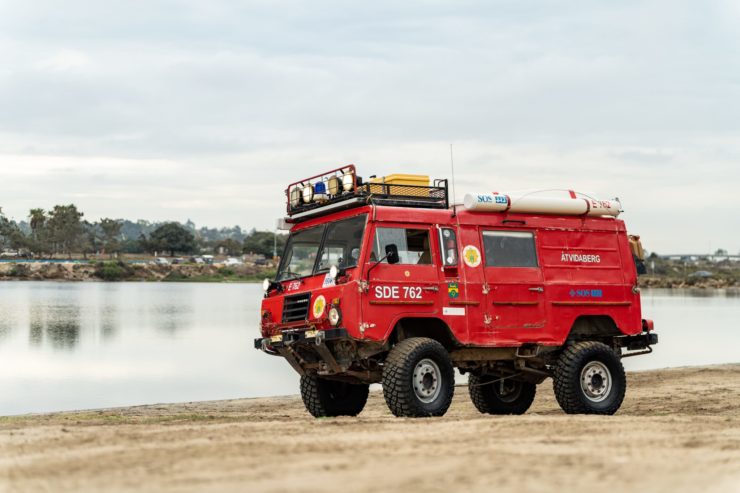
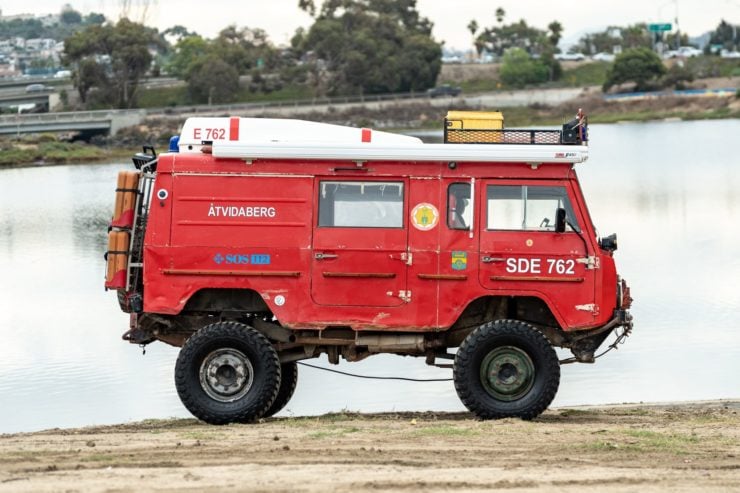
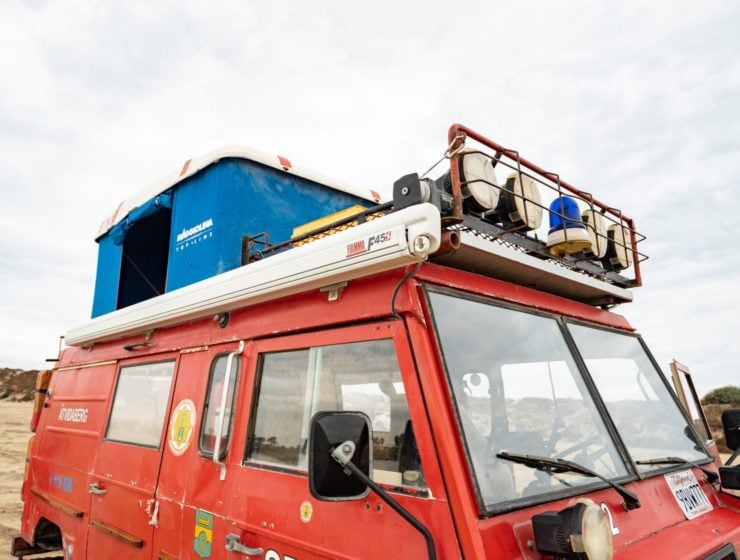
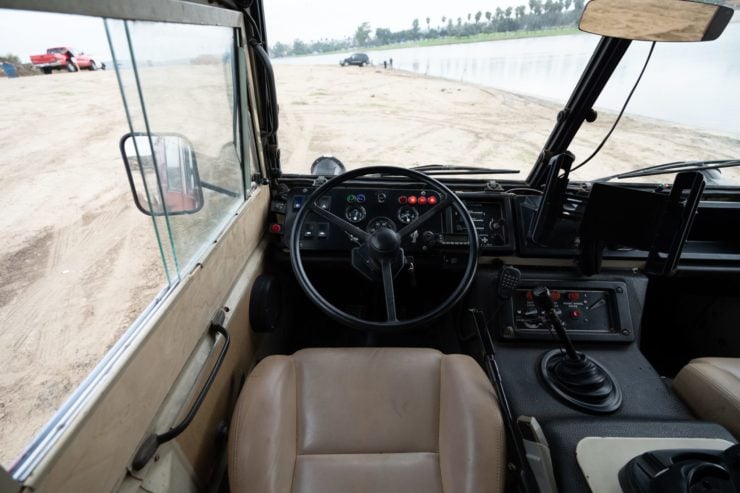
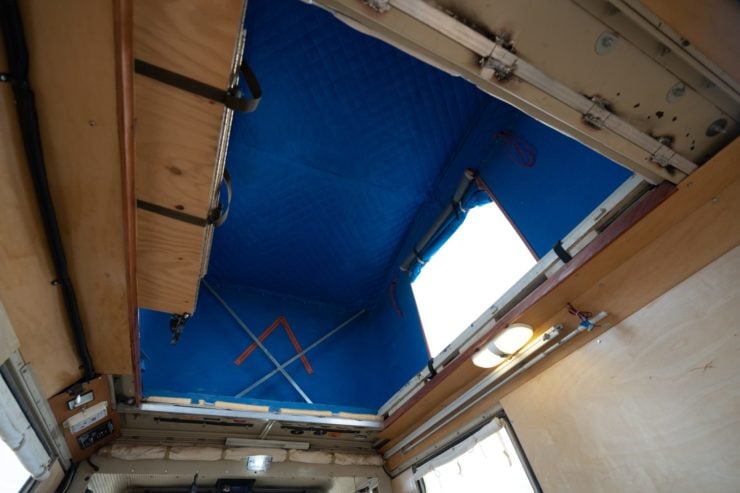
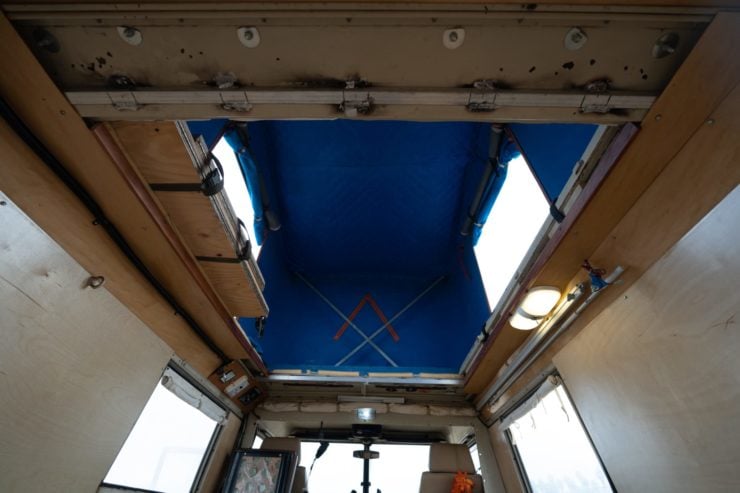
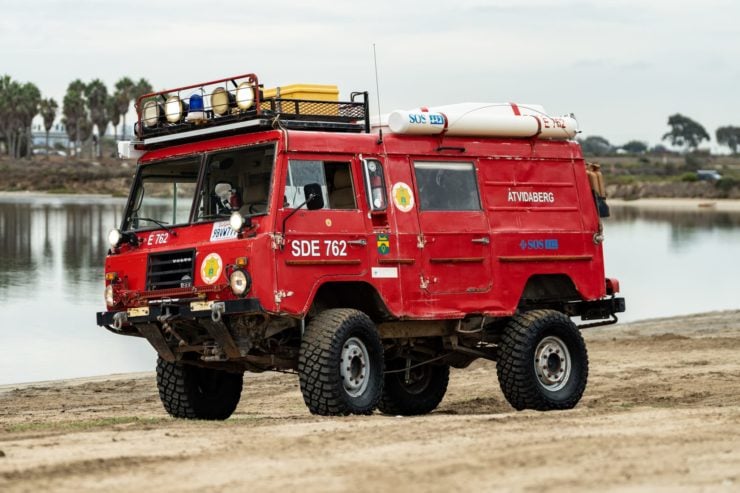
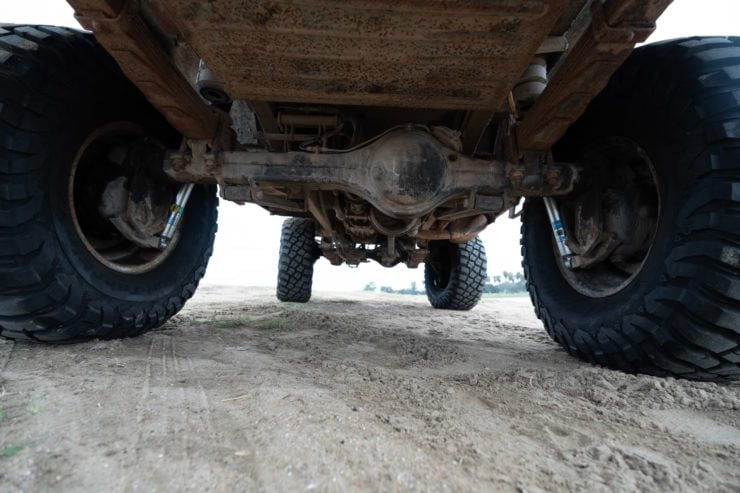
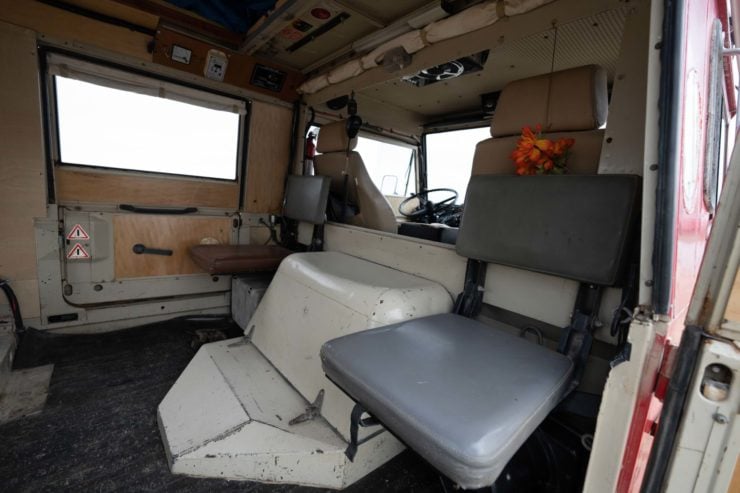
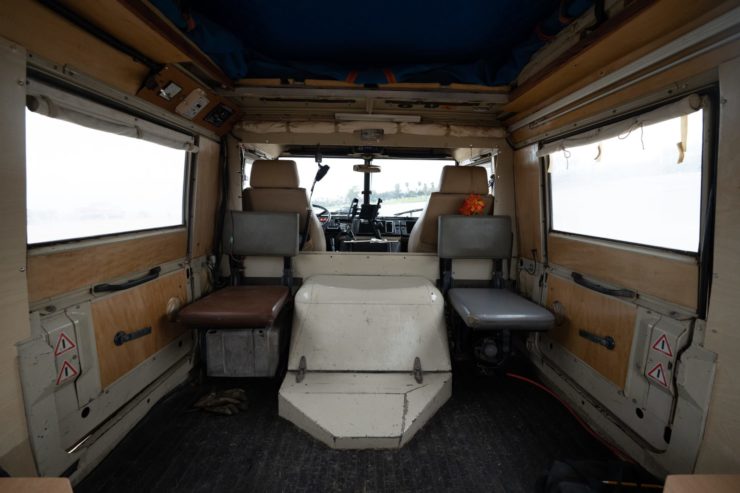
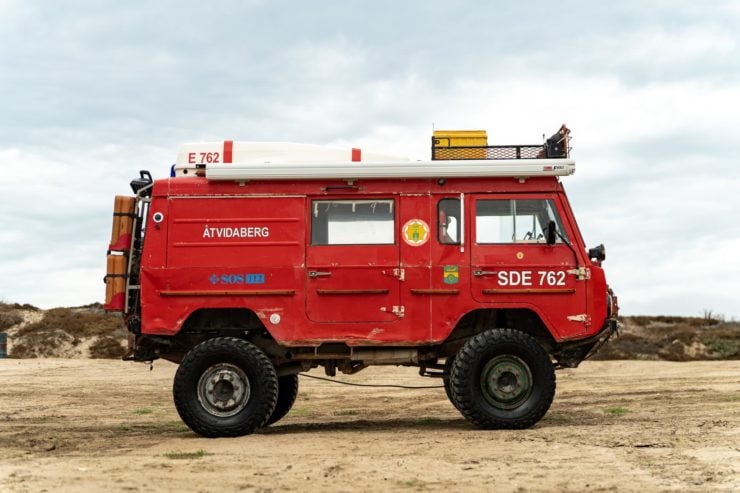
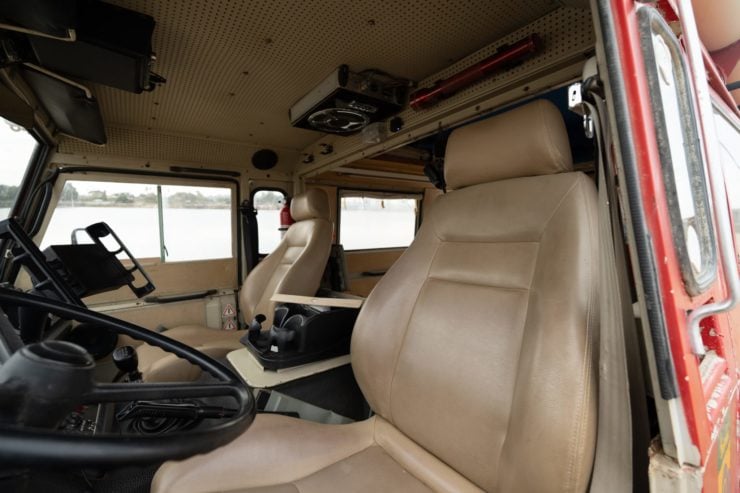
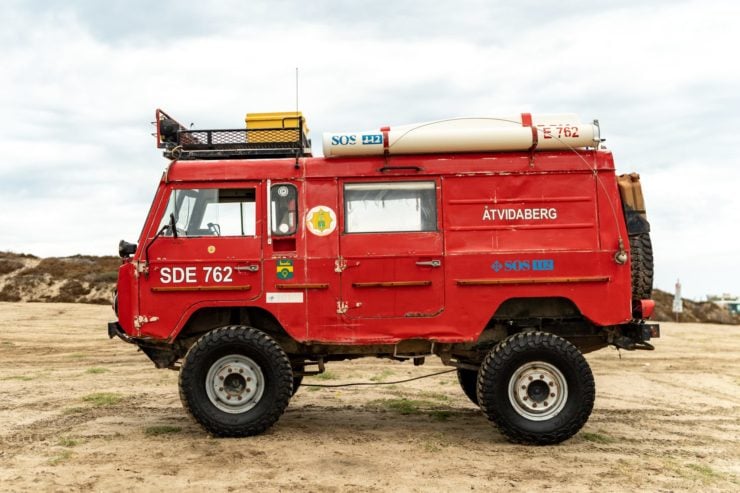
Images courtesy of Bring a Trailer.

